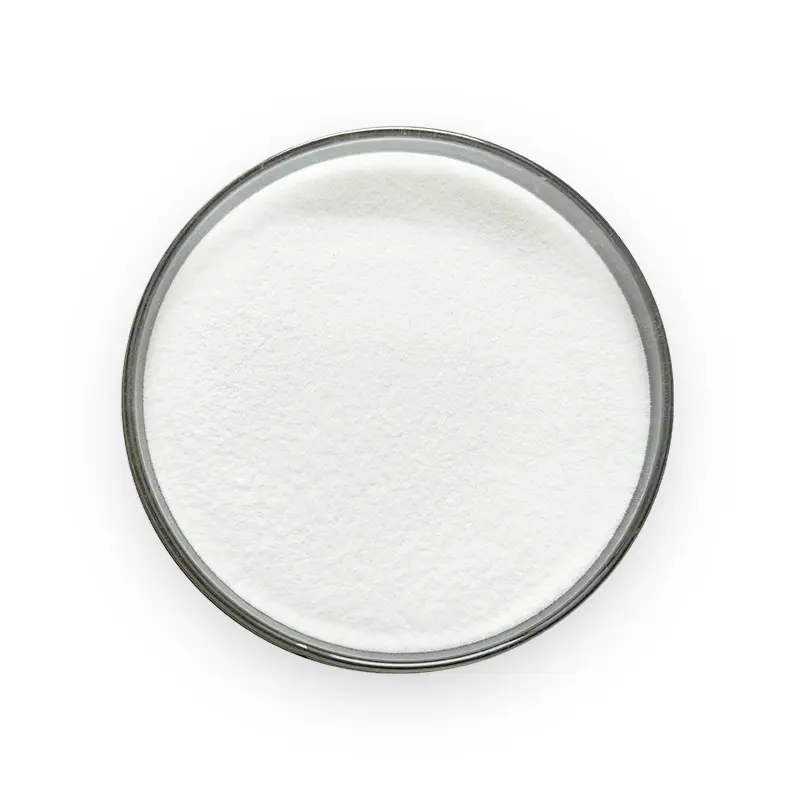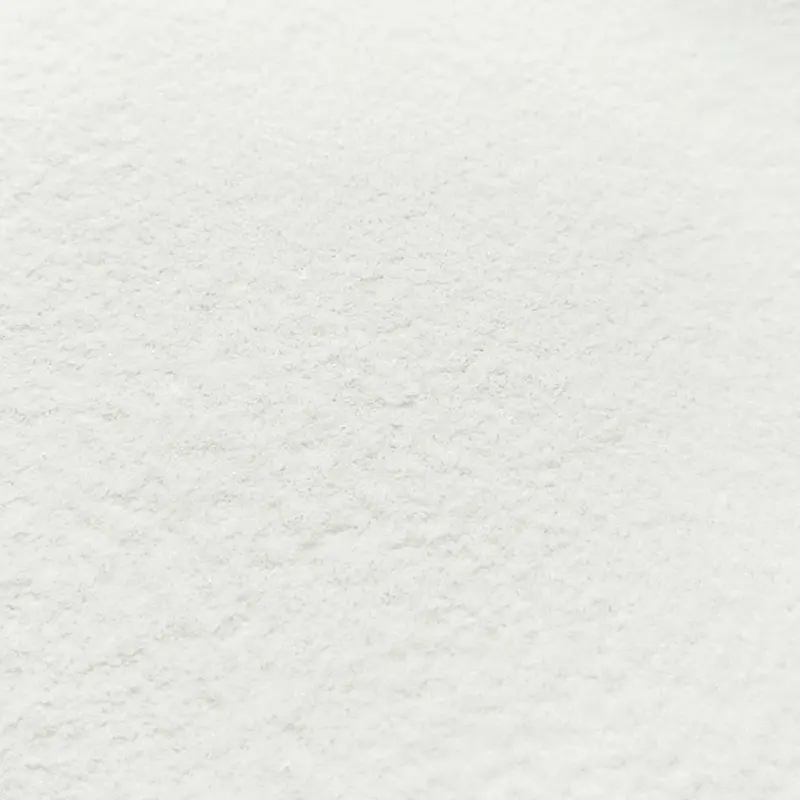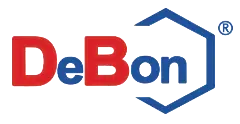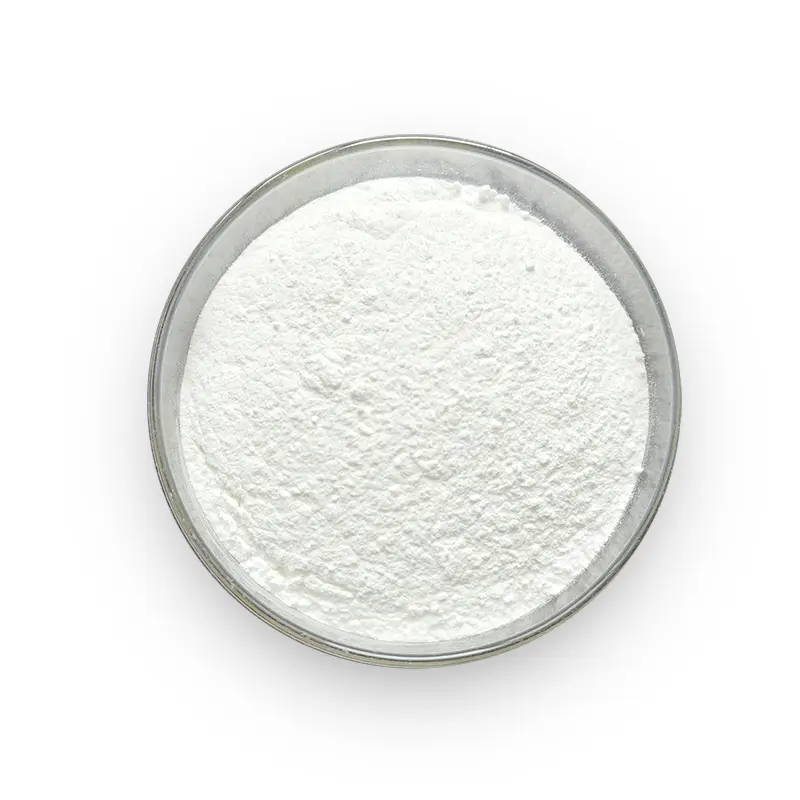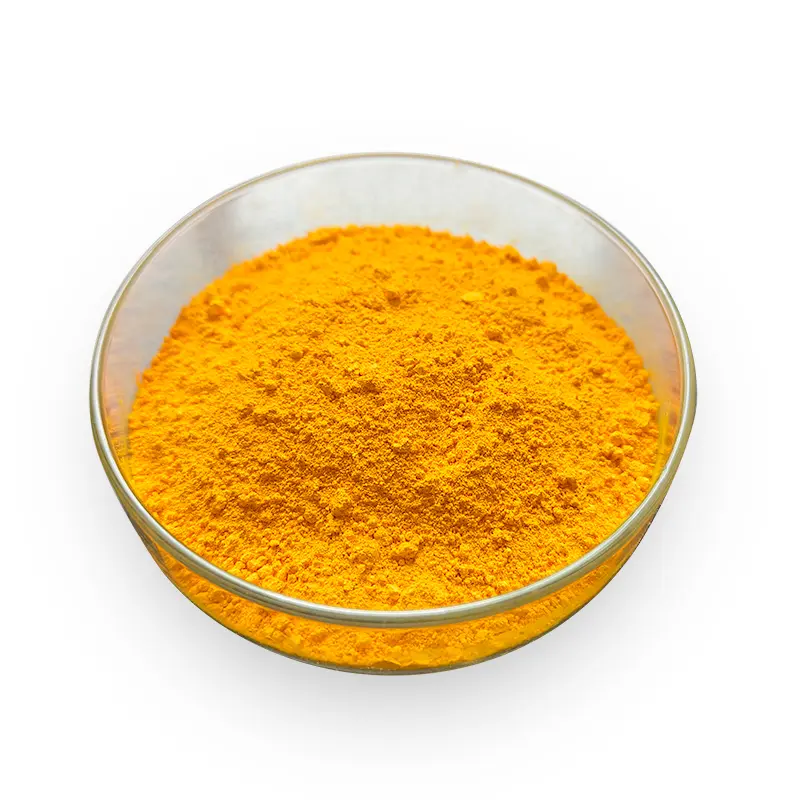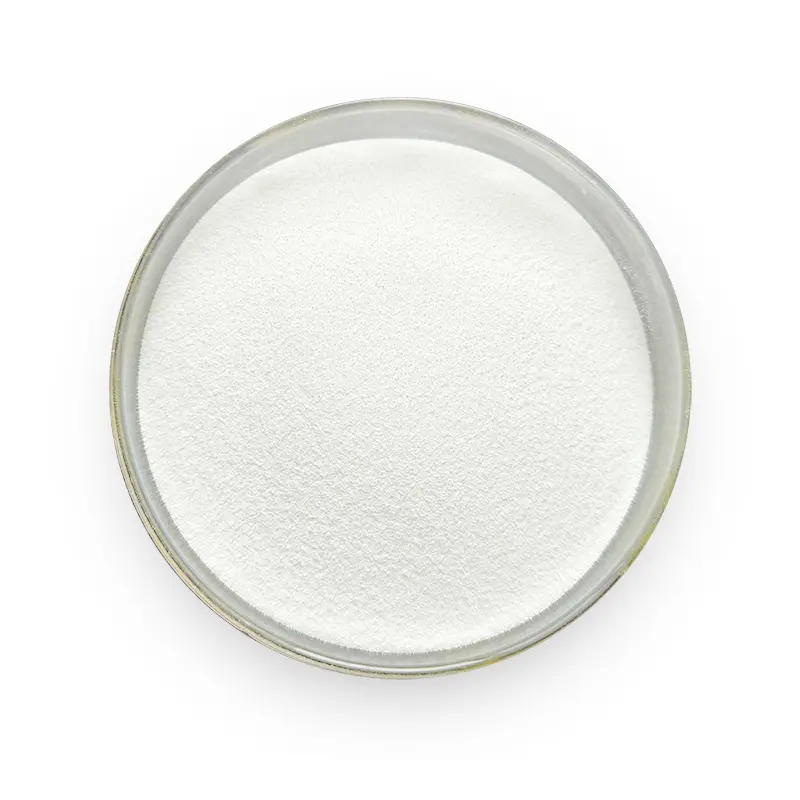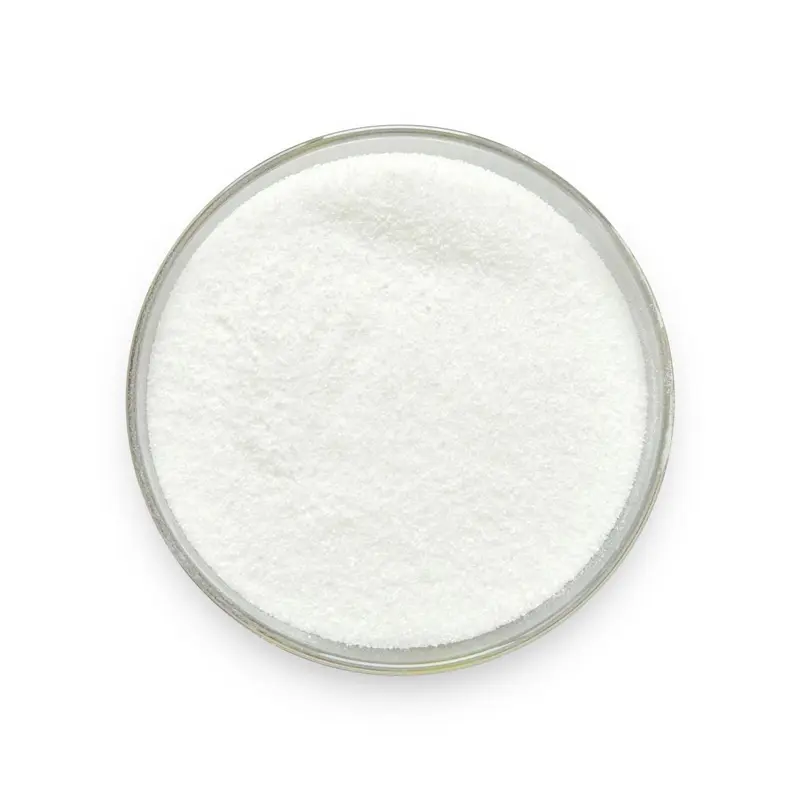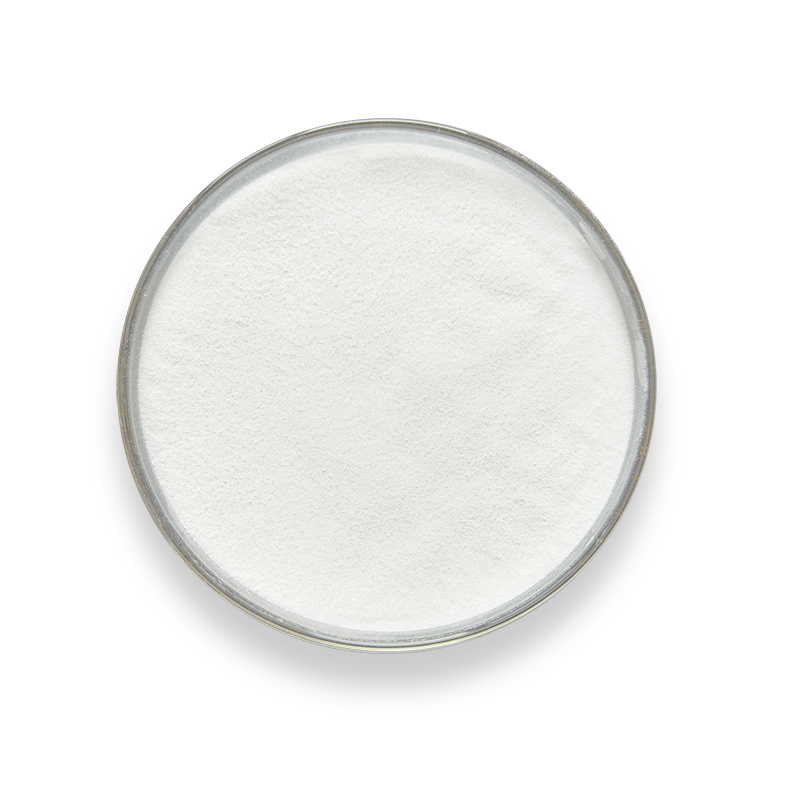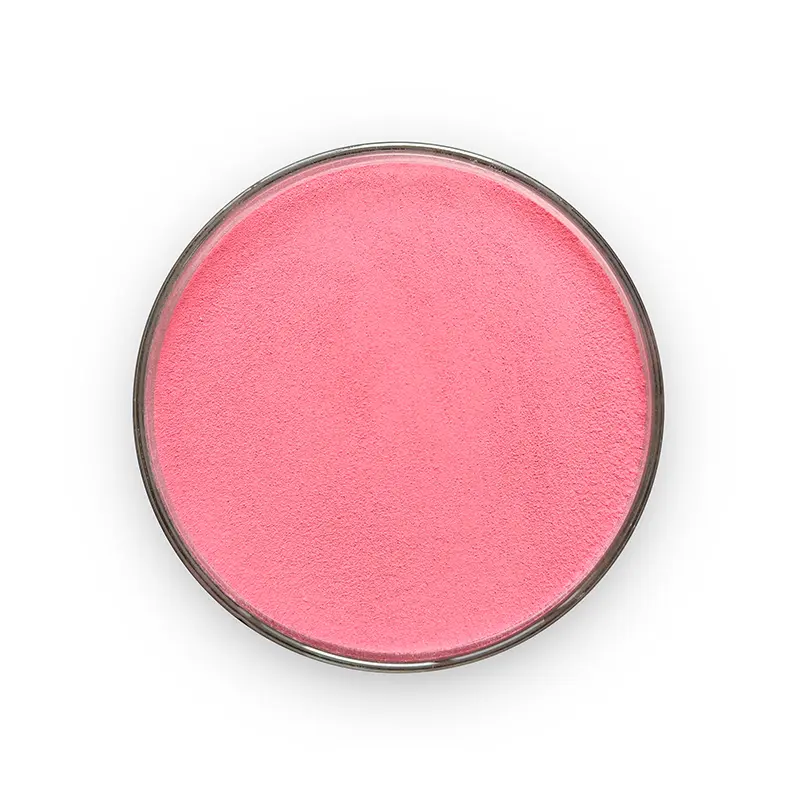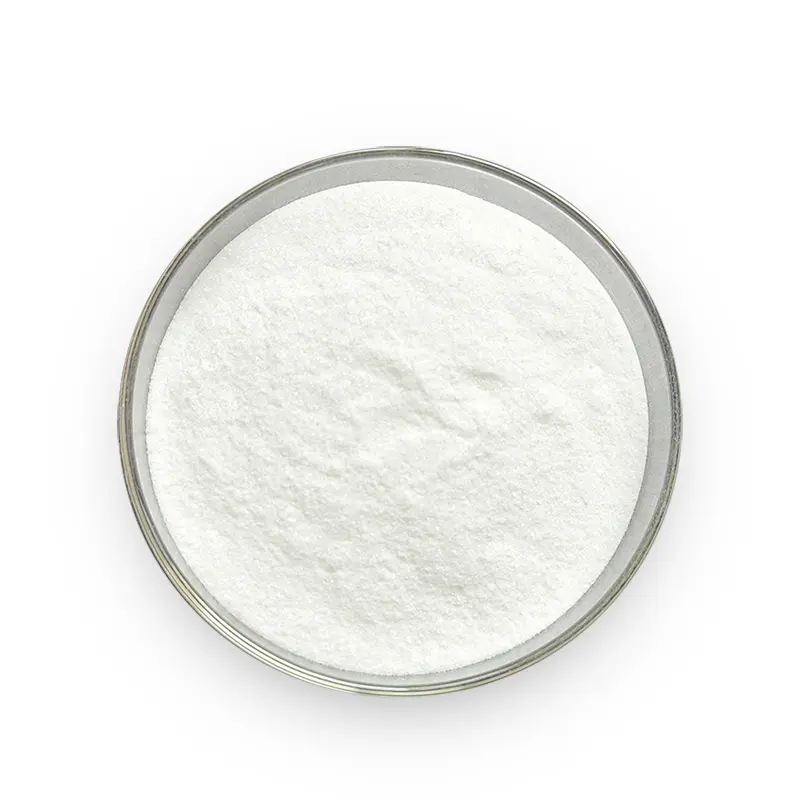DeBon High-Potency Vitamin H (Biotin) Feed Additive
Product Specifications
| Product Name | Vitamin H (Biotin) |
| Active Ingredient | d-Biotin (Vitamin H) ≥2.00% |
| Appearance | White to slightly yellow free-flowing powder |
| Particle Size | ≥95% passes through 0.18mm (80 mesh) sieve |
| Loss on Drying | ≤8.0% |
| Heavy Metals |
Lead (Pb): ≤10.0 mg/kg Arsenic (As): ≤3.0 mg/kg |
| Compliance Standards | GB/T 23180-2008 |
Functions
Biotin (Vitamin H) is crucial for:
Metabolic Support: Facilitates carbohydrate, fat, and protein metabolism.
Skin and Coat Health: Improves skin integrity and fur/feather quality in animals.
Growth Enhancement:: Promotes healthy growth and development in young animals.
Reproductive Performance: Supports fertility and egg production in poultry.
Storage & packing
Storage Conditions
Store in a cool, dry, well-ventilated area, free from contaminants and harmful substances.
Transportation: Protect from moisture, high temperatures, and physical damage; avoid co-transportation with toxic materials.
Packaging
Net Weight: 25 kg/bag
Shelf Life: 24 months
Usage & Dosage
Application: Uniformly mix into compound feed or total mixed ration (TMR).
Recommended Dosage (based on d-Biotin content):
Swine: 0.2–0.5 mg/kg of feed
Poultry:
Laying Hens: 0.15–0.25 mg/kg
Broilers: 0.2–0.3 mg/kg
Aquatic Species: 0.05–0.15 mg/kg
Note: Adjust dosage according to animal growth stages or veterinary guidance.
Additional Notes
Precautions: Ensure thorough mixing to avoid uneven distribution.
Certification: Complies with GB/T 23180-2008 standards.
FAQs
1. What are the primary functions of Biotin in animal feed?
Biotin (Vitamin H) is essential for keratin synthesis, fatty acid metabolism, and glucose homeostasis in livestock. It prevents hoof disorders in dairy cows, improves feathering in poultry, and enhances skin integrity in swine. Critical for high-performance breeds and animals under metabolic stress.
2.How stable is Biotin during feed processing?
Heat Stability: Retains 95% activity after pelleting at 85°C for 2 minutes.
pH Tolerance: Stable in pH 4–8. Degrades in strongly acidic (pH <3) or alkaline (pH >9) conditions.
3.Can Biotin be mixed with choline chloride, minerals, or antibiotics?
Compatible:
Choline chloride (<60%) – no hygroscopic interaction.
Zinc oxide, Organic selenium – synergistic for skin/hoof health.
Incompatible:
Raw soybean meal (avidin content) – binds Biotin irreversibly.
Sulfa drugs (e.g., sulfamethazine) – inhibits gut microbiota synthesis.
Compatibility
Compatible With:
| Category | Examples | Best Practice |
| Vitamins | B2 (Riboflavin), B5 (Pantothenic acid) | Add Biotin after B2 in mixing sequence |
| Minerals | Zinc methionine, Manganese glycinate | Enhances keratin synthesis |
| Antioxidants | Vitamin E, BHT | Protects Biotin from oxidative loss |
| Enzymes | Phytase, Protease | No interference observed |
Incompatible With:
| Substance | Risk | Mitigation Strategy |
| Raw egg white (avidin) | Biotin inactivation | Use heat-treated soybean meal (denatures avidin) |
| High-dose calcium (>3%) | Reduces bioavailability | Balance with phosphorus (Ca:P ratio 2:1) |
| Oxytetracycline | Gut flora disruption | Administer 6 hours apart from feed |
| Ethanol (liquid feed) | Solubility conflict | Use dry premix or post-fermentation addition |
product details
